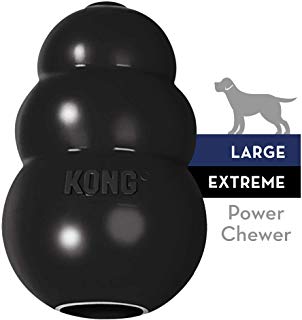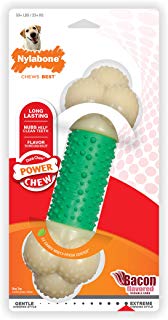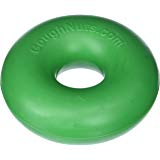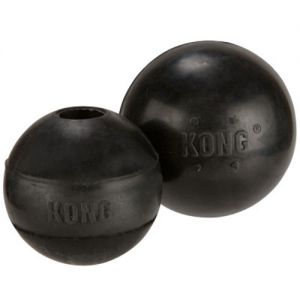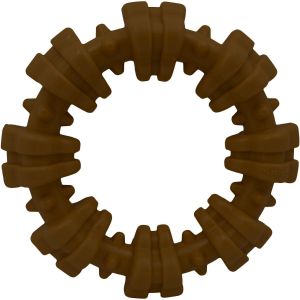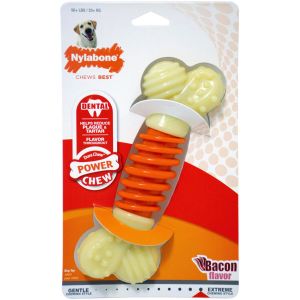Please never buy a puppy as a surprise gift, or on impulse. Puppies can live up to 18 years and deserve to be loved not only when they are tiny and adorable, but also testing teens, and aging old dogs. Please contact me prior to snail mailing a check. No drop-ins, visitors by appointment only. Laurel Grench Paypal has been added for your convience and by popular demand. PayPal Credit is part of paypal and offers free interest for a limited time. You do not need a paypal account to use the paypal link, you can use a regular credit card through paypal. Or we accept good old fashioned paper checks for the non-refundable deposit. Families get to choose their puppy in the order we had received deposits, (by post mark date, or bank deposit date.) Remainder for the puppy, and tax is due when the puppy is picked up. IL tax, required by IL for all pets adopted for personal use and enjoyment. As of 7-1-2016 the IL tax rate is 7.25% (There is no tax on those bought for breeding potential.) Please select a breed in drop down box, after emailing, or calling me for availability, details, and to discuss if the breed you want is right for your family and home. We do not believe in actual "Buy Now" impulse purchase of any live companion animal i.e.: furry best friend. If the remainder due and/or shipping is paid by PayPal please add 3% of the total purchase to cover the paypal fee. Once a litter of adorable puppies are born I email families who have already sent in a deposit. I start at the top of the list. The list is created by the date a deposit was post-marked, or by PayPal deposit date. Each family then gets to choose if they would like one from the new litter, or if they prefer to wait for the next litter. Anyone can plan ahead and put a deposit down for a puppy ready at a later time, or from a specific parent. Of course what time a puppy will be ready in the future is an estimate. Our moms like to keep us guessing as to just when they may cycle and then just when they decide to deliver puppies. Litter size varies and, its also always a surprise if they will be boys, or girls. Westies are easy, they are all white, but all the others surprise us with what color they will be. 🙂 If you would like to help support our rescues, or one rescue in particular feel free to donate! I cover all care and finances of the rescues on our own. Ours rescues get the very best care, love and respect we can give them no matter how "useless" someone else had labeled and treated them prior to coming to our home. I do not have a nonprofit status for the rescues due to the cost of an attorney needed for setting it up, (so the donation would not be tax deductible.) If anyone would like to donate the work to get a nonprofit status for our rescue it would be very appreciated! Four Paws Sake in Maryville IL is a 501c3 rescue and they always appreciate donations for the many old, sick and sad rescues they accept. Donations are tax deductible for their rescue. I personally recommend them as they have a wonderful group and all their donations plus their own personal funds go to their rescued dogs and puppies too! Any amount donated is appreciated 🙂 A breif idea of expenses: a bale of hay is $4.50 to $10. each, grain is $11. to $15.00 a 50 lb bag for horses. They eat 4 to 10 pounds of grain daily each. Carley, Josey and Jay were all starving horses I brought home and Carley ate a huge amount! Through the winter months they also eat 1/2 to 3/4 of a bale of hay a day each horse, from November through March, and in drought situations they need hay along with pasture. We had Carley for several years. She has recently passed sway. She was a doll and we still miss her. 🙁 I feed quality dog food to all our rescued dogs also which is $35 to $80. for a 28 to 33 pound bag. Our big rescues eat a few pounds a day, each. Small dogs even eat quiet a bit until they are spayed, or neutered, or if its cold outside. Cat and kitten food is really expensive, even for the cheaper stuff. In 2019 somehow we ended up with numerous cats and kittens given to us. We had 14 resident past rescues who call our farm home already. Some are now 17 years old! It has been financially exhausting in 2019/2020 as we get the new ones up to date on health care. Please adopt one of our kittens/cats! Big expenses: vet care, vaccinations, parasite control, horse teeth floating, dogs dental care and surgery, any unexpected emergency that may pop up, and equipment needed to maintain fencing and housing. We had over $3000 in just vet bills in a month, several times, for our rescues alone. Generally its a bit less, but it's never zero! They are worth every penny. 🙂 The donate button is easy to use, you can choose "other" on the drop down menu and then put a note its a donation in the paypal box for instruction for the seller. Pay-pal does keep 3% of the amount so a regular check is even better, more goes to the critters. I do wish people would have given the homeless, or "in need" critters the care and home they deserved in the first place. Please do not get a pet unless you really think it through! Please spay and neuter pets, your pets, neighbors pets, and strays. Millions of pets, each one of them with a heart, and feelings are drug to the back room and euthanized when the shelter gets full, or the pets lack of training created an unruly/bad dog no one to want to re-train, or its sick from lack of care. Owner surrendered dogs and cats have no hold time. People have changed their mind about leaving their pet at the shelter before leaving the parking lot, gone back inside to get their pet and the pet had already been euthanized. 🙁 Thank you so much for reading!
Brighton IL
618-372-7547

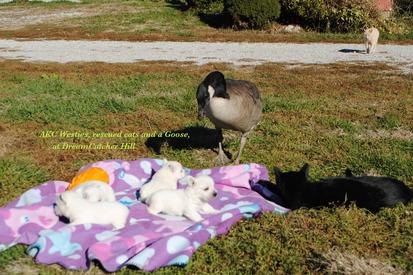
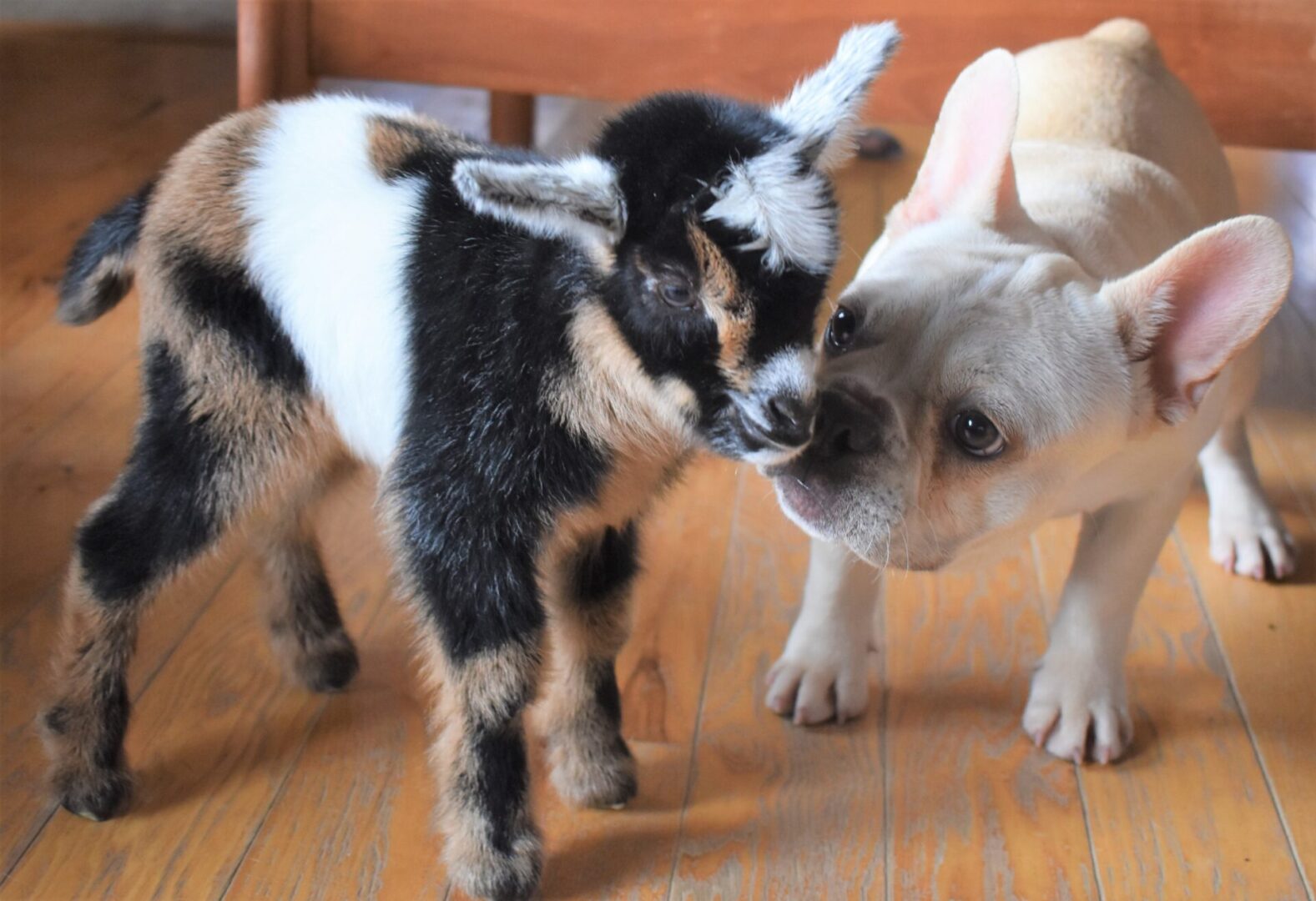
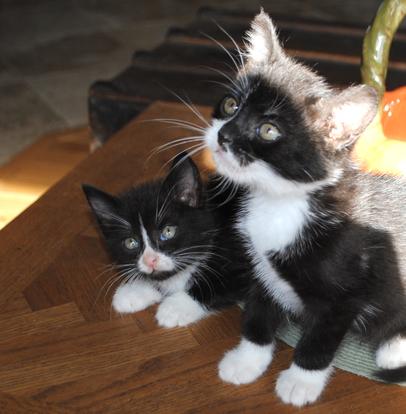
What Comes With your Puppy (Thank you for your interest in one of our puppies!) We will always take one of our puppies, or dogs back at anytime in the future. If something unforeseen happens, and the puppy/dog is no longer able to stay with you then we require him/her to be returned. We will do retraining if needed, or whatever they need. We will then usually find them a new family. Dogs are wonderfully adaptable and although they never forget their original family who raised them, they do love their new family just as much. It opens up the option for the elderly who love having a pet to have help to be able to maintain a pet as long as possible, without fear of who will take the pet when needed, we will! Unconditional love is very important, especially to those who are lonely. You wouldn't have to worry about taking in a pet you can't have, or don't want if a loved one can no longer keep him as we will always accept them back. As an example of how well they adapt; We had Bea, one of our Shar Pei, in a pet home. We were needing less full time house dogs with my aunt moving in and worried about her allergies. Shar Pei seem to affect more people then other breeds. Bea was always in the house and had never been in the kennel. She's a super smart girl and would not be happy even part time in a kennel. We started a "foster to adopt" program. A wonderful family now has her on a contract. We get her when she's in season and will breed her. Then they have her back until she is ready to have puppies, if she does. Once the puppies are weaned they will have her back again. We will do this a set number of times and then she will be spayed and they will keep her full time. Its also works great that we puppy-sit her when they go on vacation. Bea is Super happy to see us when we get her, and then Super happy to see them when they get her back! Dogs adapt well, and don't mind having 2 different homes! Tucker, one of our stud Cavalier's is in the same type home. They have him all the time unless we need him for breeding. Tuckers a doll. They had adopted his son a couple years ago, who is a pet and was neutered and they wanted another Cavalier. Their mother also adopted one of our Cavalier puppies, also a male. The boys all get along fine and Tucker gets all the great attention of being a full time house dog. Tucker and Bea a have now both been retired. We love the program and now have Emma, Eleanor, Sparkles Marie, Stella, Febee, Grace, and Blackberry all in foster to adopt homes. We have another mature family wanting a well housebroken fluffy dog, so one of the poodles or cavapoo may also get to spread joy to a foster family.




All our puppies have a written health guarantee / spay-neuter contract. Occasionally we will let them go to approved homes without a spay neuter contract for show and/or breeding prospects.

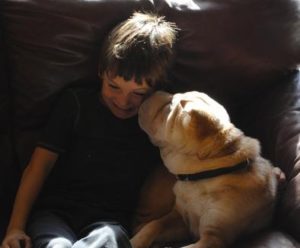
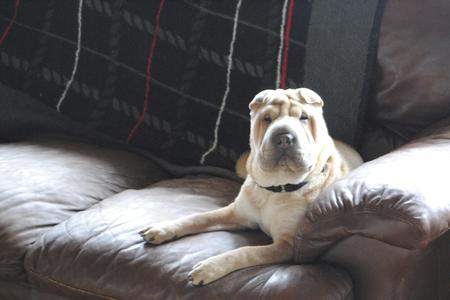
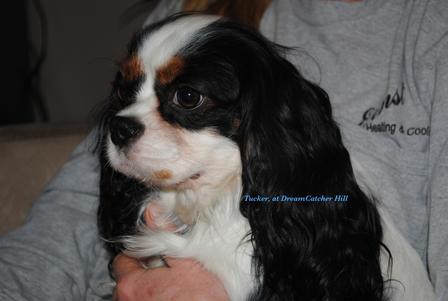


Use of "He" instead of "He/She", or "She" is not to mean actual gender of the puppy/dog in discussion. At what age can a puppy leave her mom? 8 weeks is the typical age. If its a tiny toy, under 1 pound the puppy should probably stay longer. Tiny dogs can have blood sugar drops, like a diabetic person. Its not permeant just the pup has no body fat reserves, often gets frightened and may not want to eat in a new place. The additional excitement of a new home adds to energy the puppies body is using, adding to the speed it can have a blood sugar drop. Canned chicken baby food, like Gerber, is handy. You can put it on your finger and give it to the puppy. Tasty, easy to swallow and gets something in the new puppy's belly. Then add a bit to a tiny bit of the puppies regular food to encourage eating every few hours until the puppy is relaxed enough to eat its puppy food on its own. There is also nutri-cal, a gel, that does the same but is more balanced nutritionally. Regular size fat puppies rarely have an issue unless it is so nervous it just wont eat. Some submissive puppies, and breeds, like Cavaliers sometimes dont want to eat when first gong to a new home. Following the above tips will prevent a blood sugar drop. All puppies must eat within 12 hours of going to a new home. They are babies with small bellies, for the amount of calories they need; growing fast with high energy demands. They have to eat at least a small amount within 12 hours and continue eating regularly. Avoid food changes to limit GI upset. Puppy colitis is common with a new puppy. Do you recommend crate training? Yes we very much believe all dogs should be comfortable in both a plastic and wire crate. They are easier to housebreak, they feel safe if for some reason they need a place to get away. Many people don't think about other reasons. Should your dog break its leg, or pelvis, or something terrible and need to be crated for awhile, can you imagine how hard it would be for him to lay there relaxed and healing if he had never been crate trained? And imagine how much damage he would be to himself as he was frantically trying to get out of a crate, while he is suppose to be letting bones heal, or resting? It's also helpful if you need a friend, or family member to puppy-sit, or transport and they aren't comfortable with the dog loose all the time. Its safer for the pup to be crate trained, even if its never used later they will remember the crate is not terrible thing but instead a safe "homey" spot. Please read the blog on 7-27-16 for an example. What size crate, and what kind of crate? We like both plastic and wire crates. Plastic is easier to transport in a vehicle, unless you have a mini van or hatch back with room and a flat place for a wire crate to sit on. They are warmer in winter, and feel more safe for the dog. If they are going to get car sick, or ate something gross and have diarrhea and have an accident it contains the mess better too. Some are flimsy. Feel the plastic and how sturdy, it is, or if its flexible. If its a short use thing for a puppy even a flimsy one will by fine. If it's a big dog or puppy who will be bi and string a sturdy model is better. Wire has more airflow for the warmer months, it can be covered with a blanket for feeling more cozy, or if its cold. They fold flat so a larger size is still pretty easy to transport if the dog isn't going to be in it in the vehicle. Some are flimsy. Putting zip ties around the edges that allow it to collapse for folding helps make it much sturdier, and less likely the dog will get out. Extra snaps on the door are also a good idea if you have a Houdini. Some are made with a heavier gauge wire and are very sturdy. Some are so cheap even small dogs can bend them up. Puppies aren't a problem in a flimsy one, but an older dog, or pup who is bigger and not crate trained may need it reinforced. With our rescues who sometimes have never been in a crate we prefer a plastic crate. They are less likely to stick their mouth through the bars to bite at the bars. Usually the door on a plastic crate is more a a grid and they can't get their mouth on the bars very easily. Also all the digging in a wire crate they can pull up a tray and shred it and then try to shred whatever is under the crate, like carpet. Nothing is fail safe with a dog who is not use to being crated! Don't blame the dog, blame whoever didn't train the dog properly! They need supervision and at our house they get in trouble for being bad in a crate. Most learn quickly its not at all the end of the world and they actually come to love sleeping in their crates. A few adults with separation anxiety can take weeks to get use to it. We had to special build a crate out of heavy welded horse panels for Susie. She is a pit bull mix-breed rescue who use to have severe separation anxiety. She could destroy anything. She now can be in a flimsy crate with half a working door latch and is perfectly happy. She never trys to get out. Shes relaxed and comfortable in a crate. She still tends to shred her blankets though… not in anxiety, she's just a chewer, another good reason to crate a puppy, or dog. End note; crate training is a very good thing. They make life easier for people and for the dogs, even if its rarely/never used once they are crate trained. Please don't just discard your used crate the pup has outgrown, or you just don't use. Donate it to a local shelter, or rescue group. They often need them! What size collar? or do you recommend a harness? I do like a harness for a new puppy, tiny breeds, and very shirt nosed breeds, like pugs and bulldogs that tend to be more likely to have trachea issues. If they haven't been use to walking on a leash its easier on them to get the concept of limitations a leash creates without them thinking they are choking and scaring themselves. After the first week though I highly recommend a collar for most puppies and dogs. And please don't let your puppy dictate when and where to walk. After you have gently introduced the collar and/or harness and have had the puppy about a week its time to move to the next step. You are bigger, and suppose to be the boss, which may change as the puppy ages! You walk where you want, the puppy follows. If the puppy refuses to move, consider if he is actually hot, cold, tired, is the surface to hot, or cold for his feet? If nothing is giving a true cause then you walk right along and drag the puppy if the puppy wont budge. You will be shocked how fast the puppy will decide following you isn't so bad after all and trot right along. Only when the puppy is moving willingly along with you do you praise him. Make a big fuss. I guess because I was raised around dogs, and have had them for such a long time I forget many people are so sweet and worried they will hurt the puppy that the puppy ends up very bad, with the puppy completely training the people instead. They may be our best friend and we may jump off a bridge to save them, but they wouldn't have jumped off that bridge if we had also been a leader and taught them they must do a very few things such as : come when called, sit, stay… Its really not much to ask/demand when we go to work making enough money to feed them good food, take them to the groomers, vets, and do our best to give them the love and attention they need and deserve that they in return follow some basic rules. We don't allow our children to knock a baby flat, or hit someone with a stick, or run in the street in front of cars. Please keep this in mind! You never want your puppy to learn to pull while walking on a leash. A harness almost encourages them to pull and starts a bad habit. The only exception is some toy breeds, like Pomeranians, or Yorkies, and others like bulldogs that can have a collapsing trachea. For those dogs with that problem they should always use a harness for walking. I very simple trick is to simply change directions if you puppy runs in front of you. It also works on adult dogs who try to pull you along. Brace yourself if you have a large dog and simply turn and go the opposite direction each and every time your dog charges in front. At first you may get dizzy doing an "about face" every 2 seconds with a dog who has learned to pull its people along. Very soon though the dog will realize something is up and will look at you. Success! Praise him and then still continue to change directions as you attempt to walk. Each time he looks at you give praise. Say NOTHING else at any other time! The goal, the dog looks to you to see where you want to go and then follows, while paying attention to this person who is actually the one in charge. We have walked hundreds of dogs on a leash with a collar, who have never had a leash on. The rescued dogs have given us a lot of insight for teaching leash manners! Adult dogs who have not have a collar or leash will "alligator roll" in a complete panic. They can chew through a leash in seconds. We just stay calm and wait it out. We try hard to introduce the collar long before the leash, so they at least get use to wearing a collar first. Some we use a harness on when we realize they panic. Most adjust amazingly fast when your calm and patient. Size A Westie or Cavaleir puppy will fit in the same size collar as a cat would. Don't get a cat collar as they are made to break-away in case the cat is stuck in a tree, so the cat doesn't hang. Took me a long time to figure out why some of our dog collars would just come un-done. I had purchased cat collars not thinking about the "breakaway" built in to them… A Frenchie, Pug, or Shar Pei will have a bit fatter neck, but will still usually fit in the same size if its an adjustable collar. I much prefer a "martingal collar" for the dogs who have very big necks compared to head size, or lots of loose floppy neck skin. or like a grayhound a tiny head and a big neck. The collar looks like a regular collar. It has the ability to become tighter if the dog pulls. Unlike a choke collar it is adjusted so it simply gets tight enough not to slip over the dogs head and then it stops. I love them. The big wrinkles can droop down, when the collar is at rest, and the dogs thick neck isn't squeezed tight. The collar is loose and comfortable when at rest, yet when walking it wont just slide off over their head but can tighten up when needed to stay on. I added a picture from Amazon.com. I'm not sure how to give proper credit for the photo. What comes with your puppy? Click link for page. Is delivery, or shipping available? Click link for page. Do you give a guarantee? Are any puppies available now? Is the puppy housebroken? Our puppies are accustomed to going potty outside and are a breeze to housebreak, if the family is attentive. It is really a matter of if the puppy is watched every second its loose to run around, or if he's not watched. If the puppy is not being watched, as in eye on it every second, then he should be in a crate. I like to explain it as 1 unwitnessed accident can add 2 weeks on to housebreaking. Why? Because no one said it was a bad idea to potty on the floor. The puppy doesn't understand you were making dinner and not looking. You just said it was ok, because you didn't say it wasn't. In the same regard, even if you have a fenced yard don't just put the pup out to potty by himself. You need to be there to tell him what a good boy he is for going potty outside! Sometimes even give a little treat. Plus if he didn't go potty then when you come back inside you know he needs to go back in the crate for about 30 minutes and then try again. If you weren't watching you wouldn't know he really never went. Puppies who potty outside need to be rewarded by also being able to run and play inside. Puppies who don't go potty outside don't get that reward. They catch on fast. This system also works for adult dogs, only wait a full hour before trying again outside. A puppy with an attentive person can be housebroken in 1 to 2 weeks, and only have a couple accidents. Now if its a shar pei or a shar pei mix they rarely have more then one accident and will be going to the door in a day or 2. If not the person is really not watching the puppy, or expecting the puppy to "wait a few minutes". They are the easiest dogs in the world to housebreak. (Well the easiest puppies and dogs we have ever had….) Me personally I can't housebreak a puppy worth a darn. I let them down to play and then I wander off distracted, not watching them. Art can not only watch them but he teaches them to potty on command when going outside! I'm in aww. I personally know its the person doing the housebreaking who makes the difference because of our 2 different styles, one that works and one that doesn't! We also have newspaper in an attached "potty crate" to their playpen as little puppies. It is amazing how fast they will go away from their sleeping, eating play area to relieve themselves. As puppies need out so often giving them an acceptable place t go potty makes it easy for them to learn to be paper trained when no one is available to take them out. A great solution for those who work or go to school and are not home every 2 hours fr a young puppy. Is a male, or female is easier to housebreak? or will a male will lift his leg all over the house? In our many years of housebreaking MANY dogs and puppies we have found male puppies are easier to housebreak then a female puppy. They simply are less worried about where they will go in a new place. A female who has an accident is more comfortable going where she has already gone and is worried about going potty outside in some strange place. It does help to put a bit of paper towel, or what you cleaned it up with outside where you want the puppy to potty, for either of them. Then they think oh, yeah I went here before its safe for me to go here again. Because a male is more willing to "go" in strange places they tend to go faster when you take them outside and so you also have more opportunity to reward him right away for going outside, win/win. A female may keep you in the yard an hour, many people wait a few minutes, come inside put the puppy down and low and behold she pees on the floor, not the puppies fault. Now in adult dogs a female adult dog who has never been housebroken is easier then a male. For the same reason. She's not going to want to go potty all over in a strange place. You get her to go outside the first time at your house and she's happy to go there again. A male on the other hand is generally happy to go anywhere and doesn't think about inside, or outside, if he wasn't housebroken to start with and/ or is not neutered. Dogs who were only ever "outside dogs" though are different. We often get adult intact male dogs in rescue. Those who were outside only dogs actually are very good and are almost always housebroken naturally. Those who weren't housebroken, and were allowed to have accidents in the house are a pain. We get them neutered and often put them in an outside kennel for 1 to 3 months for the hormones to wear off and then they are much better. We have dogs in heat in the house. Its really hard on an adult male dog to not want to mark when he knows lovely ladies are around! Most homes don't have that problem. Once the hormones wear off and we adopt them to a home so far they haven't had any issues at all in their new homes and they say they didn't have any accidents at all, even if they still would try to mark a bit here. Again most homes do not have female dogs in heat. I do ask anyone getting an adult to treat them like a puppy for the first 2 weeks to be sure they know where the door is, the pattern of "how" to ask to go outside, besides being sure the first time they do go potty it is in the correct location. A good start makes all the difference in the world! Toys we recommend. Always larger then a puppy of dog can swallow, even long toys can go down their throat and get stuck. Or a knot on one end, of the knotted rawhide types can get chewed off and then the skinny part goes down with the knot on the other end getting stuck choking them. We don't use rawhide. We never use pigs ears, they have been known to splinter and be swallowed. Rope toys only with supervision, threads can be swallowed, or we had a frenchie swallow a whole toy, 2 knots and all! We only use softer toys for young puppies, they don't have strength to tear them up yet. Once they can chew through a toy it gets trashed and a more durable larger toy is given. We did have a 160 pound dog have a favorite stuffed little toy. It lasted about 2 years. He carried it around. The westies managed to get it one day and they de-stuffed it in about 2 seconds.... So shape, size, and durability to match the age, size and chew strength of your puppy. Don't go by the package. A frenchie doesn't need a 20 to 30 pound dog toy, they need a 80 to 110 pound size dog toy! They were bred to have extra strong jaws and have wide mouths. Little cavapoo, or Cavaliers, and soft fluffy dogs tend to be soft and fluffy in their chew strength. They won't be able to pick up a toy that weighs half of what they do... They usually don't tear things up like some other breeds, so can have a more typical toy. Westies may be small but can be mighty hard on a toy! They get large, or extra large dog size toys and durability like Frenchies. They can easily lift half their weight and pull their entire weight around! Photos of some examples of toys for hard chewers below. Freezing a jug of water (like half a cut off milk jug) with toys and treats put in the water before freezing solid, giving it to them outside is terrific on a hot day! Or even average chilly day for a bored dog that tolerates the chilled treat.
Frequently Asked Questions

West Highland White Terrier
Female / Male, born: ________ Microchip: ___________
Sire: __________ Dam: _________
SEE BACK FOR VACCINATION RECORDS. Sold date:________
Puppy is sold as a pet. Puppy is to be spayed or neutered between 5 and 6 months of age. After seller acknowledges receiving proof of spay/neuter having been performed in the required time frame AKC application papers and microchip registration will be mailed to buyer within 45 days. “Laurel’s” is to be kept as first part of puppies registered name. The seller guarantees the puppy to be in good health at the time of purchase. Vaccination schedule: Da22Pv due every 3 weeks to 16 weeks. No lepto until 12 weeks or older. Rabies at 16 weeks, or older.
If upon examination by a licensed veterinarian within 2 working days of sale the puppy is found to have any life threatening health, or hereditary problems seller agrees to replace the puppy as soon as one is available if the buyer wishes, or if a puppy will not be available in a reasonable amount of time the seller has the option of refunding the purchase price on the return of the puppy in the same condition as puppy was on leaving the premises. Parasites, or colds such as, but not limited to; giardia, coccidia, bacterial, or viral infections does not render your puppy unhealthy and are not covered. These things can be in any public area, water, and on the ground and are common. For the guarantee puppy must be returned in good health. Should a hereditary based physical abnormality which hampers the this pups quality of life appear within 1 year of age the seller will replace the puppy with one of equal value. The seller is to be notified within the pups first year. The seller is not responsible for veterinarian bills under any circumstance, injuries that may occur to the puppy, transportation, or any damages. If the puppy is not spayed or neutered between 5 and 6 months of age, the health guarantee is null and void and the seller has the right to reclaim possession and ownership of the puppy/dog at any time without notice.
It is agreed by contract to return puppy/dog to Laurel Grench and/or Kim Klocke at anytime in the future should buyer not be able to keep and care for puppy/dog properly for any reason. Puppy/dog is never to be surrendered to an animal shelter, rescue, or shelter group for any reason.
Adopter agrees to supply puppy/dog with appropriate quality food for puppy/dogs age and condition, water, shelter and all basic care including vaccinations, parasite control, and heartworm preventative for the life of the dog.
Should Adopter breach any of the agreements contained in this Adoption Contract, Laurel Grench and or Kim Klocke shall have the right to rescind this Adoption Contract and demand return of this dog. Puppy/dog to be returned within 12 days. Should Adopter fail to return dog to Laurel Grench or partners may seek an Order from a Court of competent jurisdiction for the return of said dog and liquidated damages from Adopter in the amount of $1500.00 in addition to any sum paid for this dog pursuant to this Adoption Contract plus attorney's fees and court costs.
This agreement shall be governed by the laws of the State of Illinois. Adopter consents to personal jurisdiction of the Circuit Court of Macoupin County, Illinois. In the event that any term, provision, or paragraph of this agreement is, or is declared void, unenforceable, or illegal, this shall not affect or impair the balance of the terms of this agreement.
It is recommended to take the puppy to obedience puppy/dog classes as soon as possible. Book recommendations; Cesar Milan’s “Cesar’s Way” and Monks of New Skeet “The Art of Raising a Puppy” An excellent website and training facility is DarnFar Ranch in IL. They have many flyers on training tips, please check out their website.
Fortiflora, a probiotic, is recommended for first couple weeks. We have been feeding Fromm grain free Lamb and Lentil. Fromm Surf and Turf, Earthborn: Coastal Catch and Meadow Feast kibble for all life stages is also recommended. A small bag of the puppy’s food has been supplied.
Seller:Laurel Grench and/or Kim Klocke, 4609 Hopkins Lane, Brighton IL 62012
Home: 618-372-7547, Cell (which is not reliable in our area) 618-980-0319
dreamcatcherhill@gmail.comwww.laurelspuppies.com
Adopter Signature and acceptance of terms listed above:___________________________________
Please print; Name, Address, and Phone:________________________________________________
